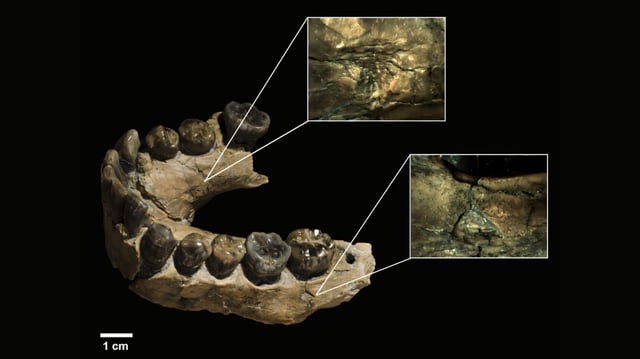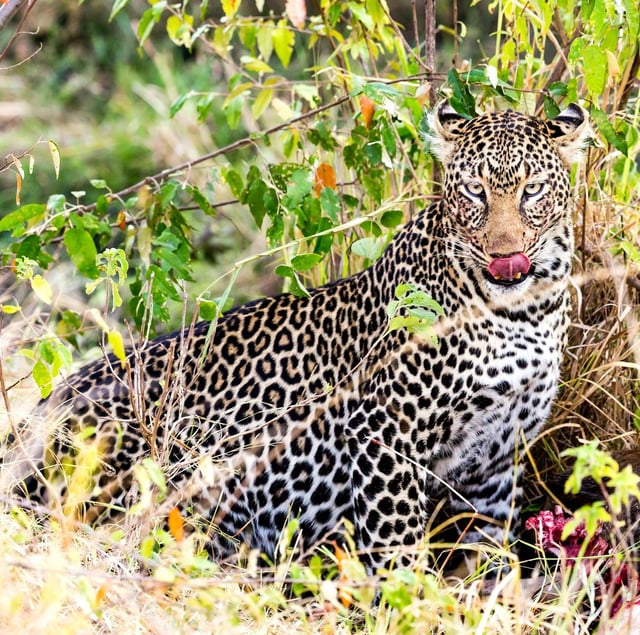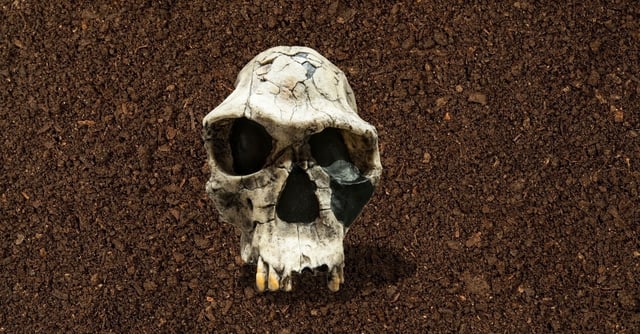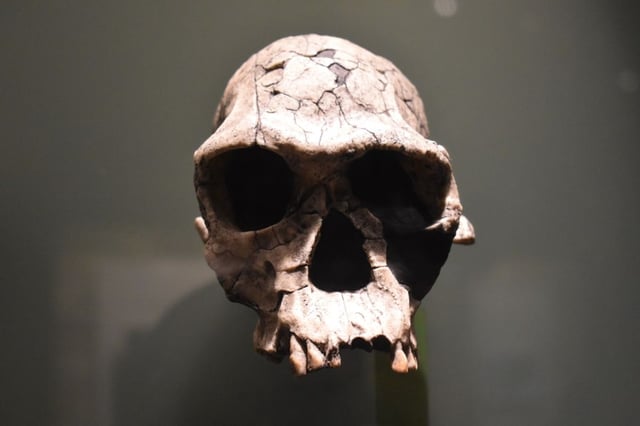Overview
- Reanalysis of Olduvai Gorge specimens OH 7 and OH 65, nearly 2 million years old, found bite damage on the mandible, skull and face consistent with leopard feeding.
- Authors interpret the pattern as active predation because leopards favor fresh kills, whereas hyena scavenging typically leaves bone-crushing damage.
- The study, published in the Annals of the New York Academy of Sciences, argues Homo habilis remained largely prey, with a trophic position similar to australopithecines.
- If borne out by more evidence, the results could shift attribution of nearby stone tools toward contemporaneous Homo erectus rather than H. habilis.
- Researchers emphasize the conclusions are tentative given the two-specimen sample and call for larger datasets and replication of the AI and taphonomic methods.



